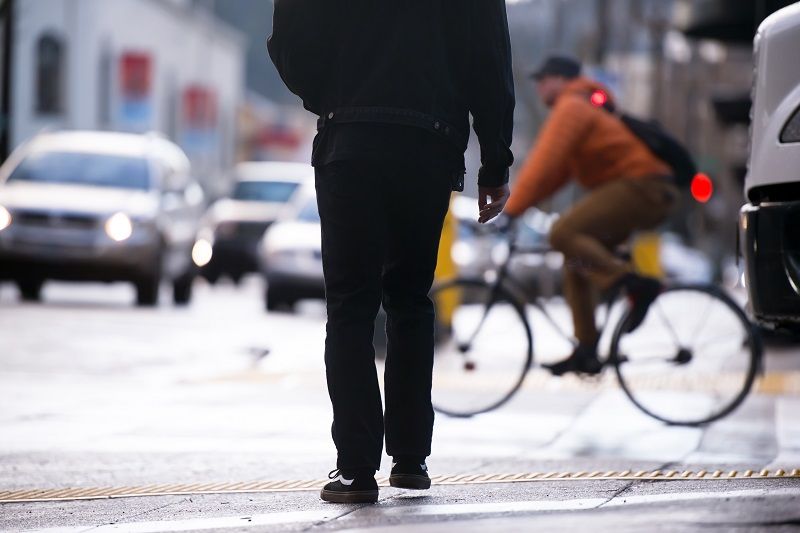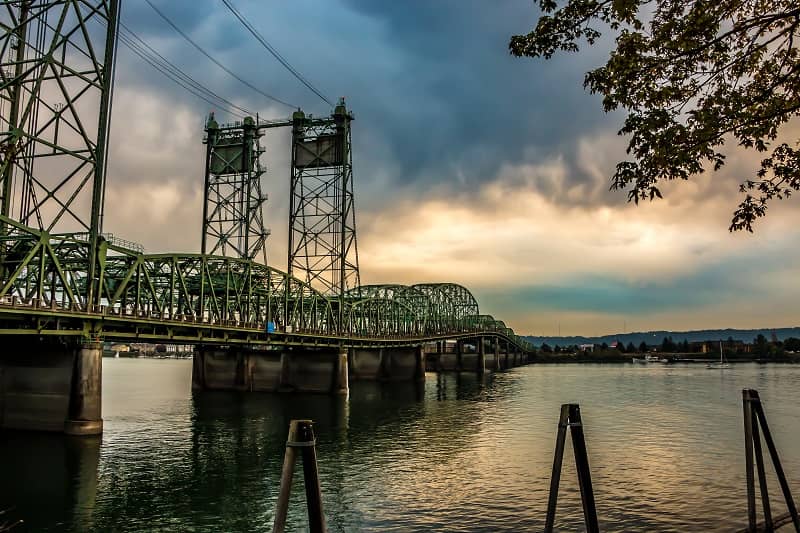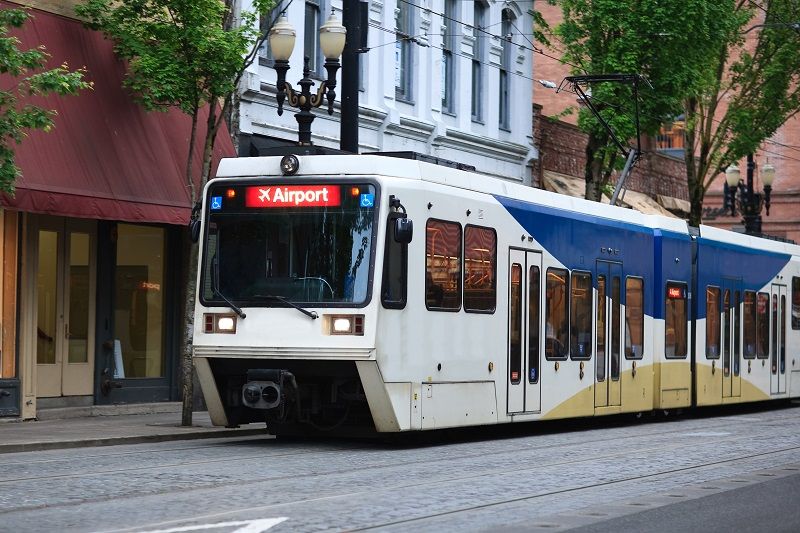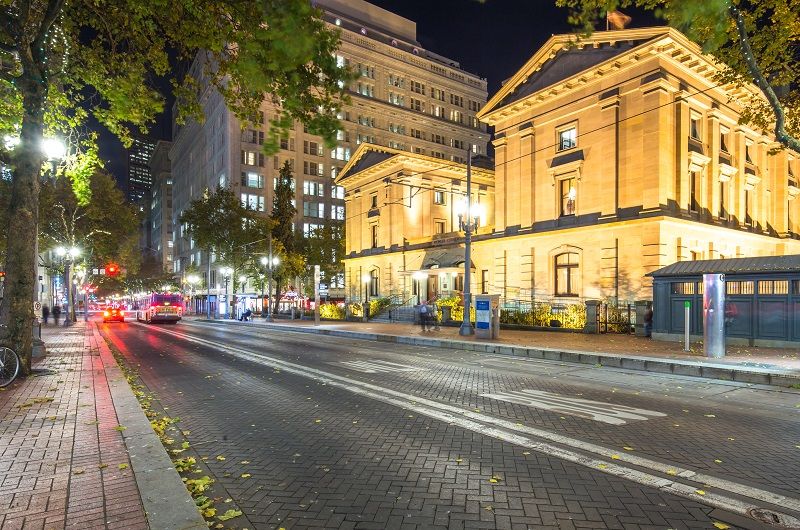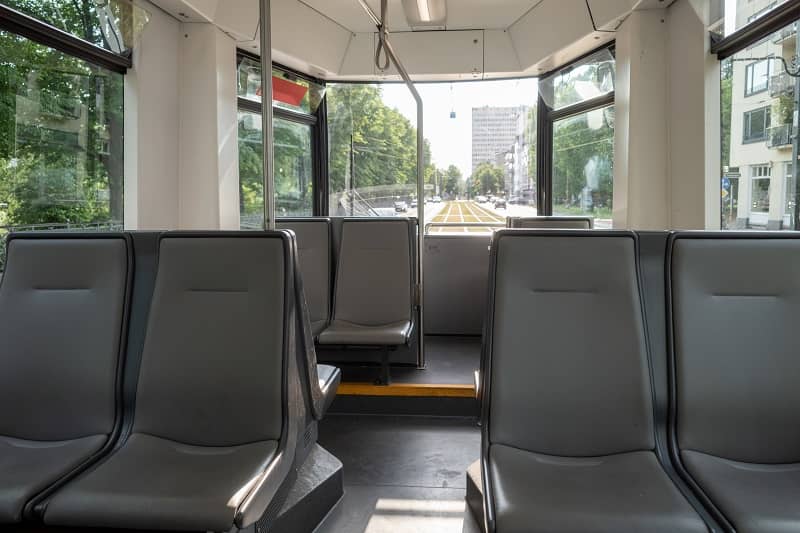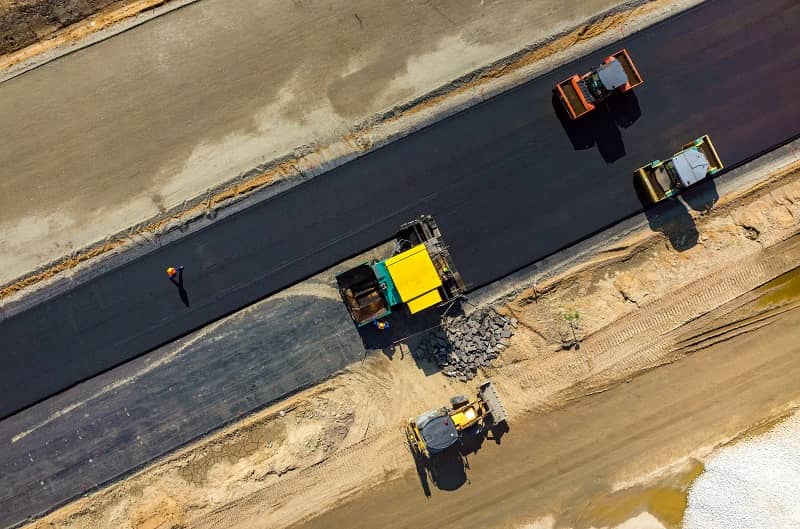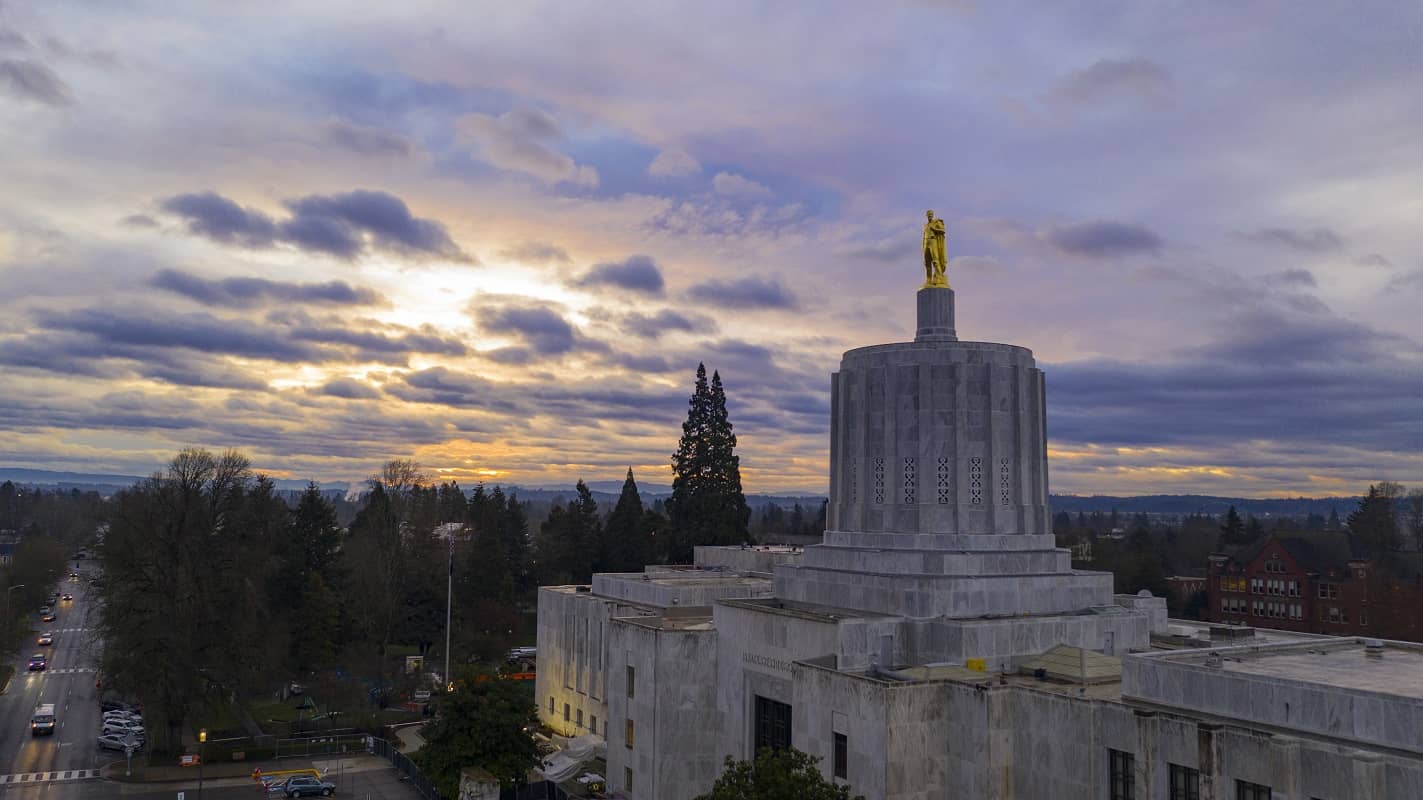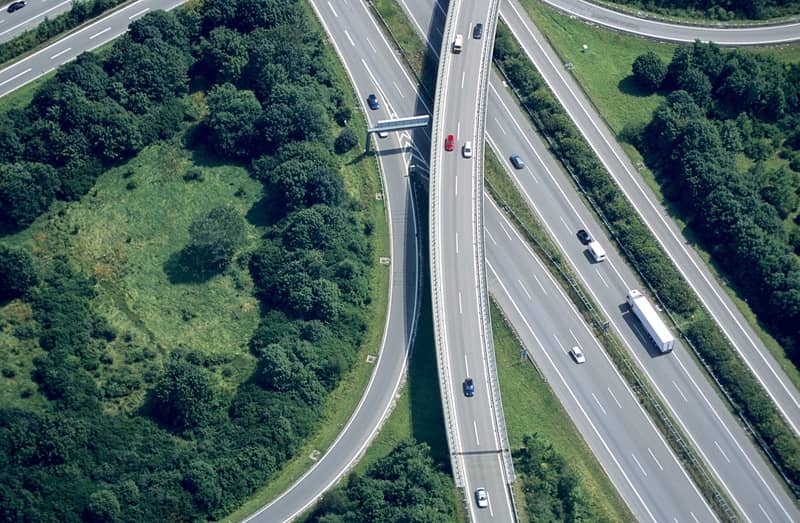

In three weeks Portland State University will proudly host the annual “Towards Carfree Cities” conference. This is certainly appropriate, given that Portland plans to build a new bridge over the Willamette River for light rail, the streetcar, cyclists, pedestrians and skateboarders – but not motorists.
However, as seductive as pedestrian malls are in the abstract, they don’t work in the United States. For instance, in 1971 Eugene closed parts of Broadway, Willamette and Olive Streets to auto traffic in order to create a pedestrian shopping center. The lack of motorized access killed retail trade, leaving behind vacant storefronts and vandalism. Citizens gradually came to their senses and voted to reopen Olive Street in 1992, Willamette Street in 1995 and Broadway in 2001, at a cost of more than $2.4 million.
Portland had a similar experience with its transit mall. For years the mall was a ghost town after 6:00 p.m., described by Willamette Week as a “dark wasteland of sad store fronts, scrawny trees and lifeless commuters.” Unfortunately, instead of learning from the experience, TriMet and the city decided to put the mall on steroids by cramming light rail into the mix, at a cost of nearly $200 million.
Adding rail instead of automobiles will probably turn out to be one of the costliest urban planning disasters in Oregon history. But as all local politicians know, grandstanding for green building means never having to say you’re sorry.
© 2008, Cascade Policy Institute. All rights reserved. Permission to reprint in whole or in part is hereby granted, provided the author and Cascade Policy Institute are cited. Contact Cascade at (503) 242-0900 to arrange print or broadcast interviews on this topic. For more topics visit the QuickPoint! archive.

